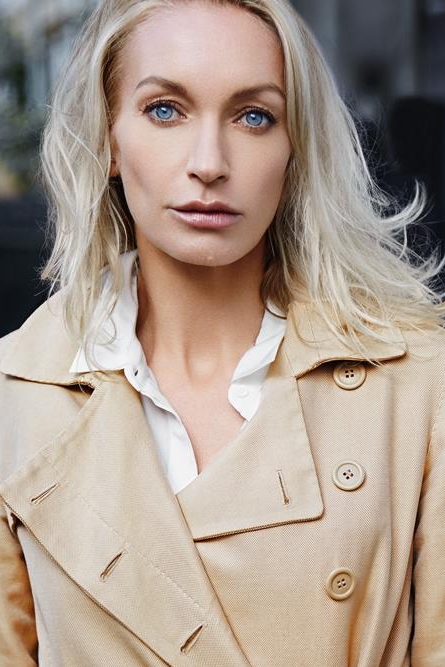LISA HILTON
LISA HILTON'S
LEADING CULTURE DESTINATIONS:
Lisa Hilton is nothing short of a creative wunderkind. She is a widely published critical writer (Vogue, THe SpectaTOR, The Literary Review, AMONG MANY OTHER TITLES), and SHE ALSO livES a double life as AN author and librettist. LISA is the librettist of the opera Love Hurts, composed by Nicola Moro. It was first performed at the Teatro Piccolo Milano and Symphony Space New York City in 2016 in collaboration with the Center for Contemporary Opera. In her other life, under the pen-name L.S. Hilton, she is also the author of psychological thriller MAESTRA, published in 2016 by Bonnier Zaffre and 43 publishers worldwide, and DOMINA, published in 2017. The trilogy's much anticipated final novel ULTIMA will be published later this year. As a resident of Venice, she is an artist who lives in nothing less than a floating museum. Here, the 2018 LCD Select Jury member shares her passion for community-focused artistic discourse, and tells us why in her heart she longs to dance in one of history's most romantic ballets.
If there was one piece of art you could feature in, which one would it be and why?
One of the most extraordinary things I have seen in the past few years is the ballet “Casanova” by Kenneth Tindall and Ian Kelly. This exquisitely beautiful production functions like a Renaissance masque, with each element – choreography, costumes, sound - interlocking to produce an intoxicating visual and sensual experience. The energy and intensity of the pas de deux are breathtaking, reminding us that physicality is where the unsayable can be said. If I could, I would dance the role of Casanova’s lover, the nun “MM”.
How do you believe museums will impact future cities?
Living in Venice has radically altered my perception of the boundaries of the museum. The city is a museum in its entirety, but the use of public spaces for the Biennale pavilions render the conventional architectural boundaries of cultural space both more fluid and more amorphous. Museums can be lived arena, they don’t have to be contained within discrete walls. Rather than locking artworks away, museums can become expansive, weaving their collections into the communities which house them.
What is your favourite cultural destination?
Tblisi in Georgia and Lvov in Ukraine are both so exciting right now - cities slightly outside of the mainstream of cultural exchange which have benefited from that exclusion to produce hugely energetic art scenes. I also love a tiny museum in rural France, at Les Arques in the Midi-Pyrenees dedicated to Osip Zadkine, the Russian sculptor. His Pieta in wood is the most heartbreaking rendering of the subject I have ever seen.
Who do you think are the cultural innovators of tomorrow?
I greatly admire James Bradburne, formerly curator of the Palazzo Strozzi in Firenze and now director of the Pinacoteca di Brera in Milano. I worked with him on the controversial “Attorno a Caravaggio” show there last year. He conceives of the museum as our passport to the future, and has entirely reinvented the Brera, reinstating its centrality to the life of Italy’s most dynamic city. .
WHAT DO YOU THINK IS THE PURPOSE OF ART, OR A GREAT CULTURAL DESTINATION?
By investigating what we find moving or beautiful, we can take a more rigorous approach to that which we value. Art has become both politicised and commercialised, yet it remains crucial to our conceptions of ourselves, our communities, our civilisation. And right now there’s a sense that populist politics and financial uncertainty are besieging the very concept of civilisation itself, which renders cultural destinations where people can come together to communicate, explore, challenge and debate more important than ever.
WHAT ARE YOU UP TO AT THE MOMENT AND WHERE CAN WE FIND IT?
At the moment I’m working on a new book about the English playwright and architect Vanbrugh - investigating the ways in which baroque architecture challenges our present rather narrow definitions of cultural appropriation. The research will take me to Blenheim palace in Oxfordshire, Paris and New Delhi. Next year, the Mint Collective (a group of young artists based in Marrakech) will be making an off-schedule pavilion in my garden in Venice, combining works on paper with light installations - we’ve just started so I’m curious as to how it will turn out!




